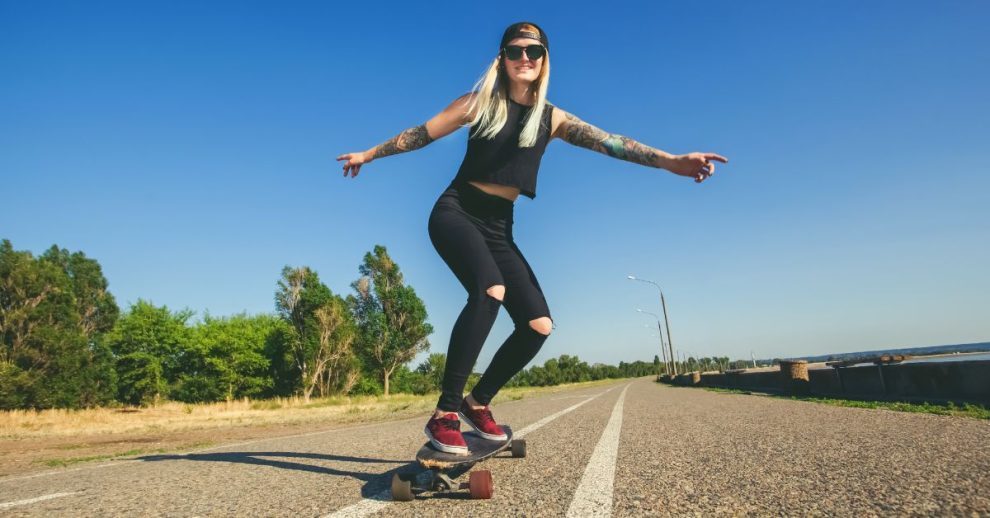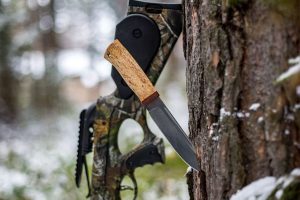Longboarding is an exhilarating alternative method of transportation that you can use to get around town. Additionally, it’s an activity you can enjoy if you’re looking for an adrenaline rush. Learning how fast you can travel riding a longboard helps you grasp the various longboards, riding styles, and the speed you can expect when you’re on top of one.
Kick, Push, & Coast
The cruising speed is normally between five and 14 miles per hour, or around six mph on average. Going at this speed is relatively safe, assuming you wear the appropriate protective equipment. You may think gaining speed on level terrain is inherently quicker or smoother. However, you can only accomplish high speeds if you have strong pushing and pumping abilities.
If you can master both, you’ll reach swifter speeds when cruising. Yet, cruising may not be the most preferred method for those who want to get high speed, considering the crazy amount of speed one gets from downhill longboarding.
Going Downhill
Although tricks and moseying around town are enjoyable, you’re not flying through the wind like a bird soaring through the sky. Downhill longboarding is different from any other longboard style because the average speed is between 50 to 65 mph, while record speeds can top over 80 mph.
Downhill boarding is not for the faint of heart or for someone who lacks experience. While traveling at cruising speed, a fall may lead to bumps, bruises, or scrapes. Whereas a wipeout when you’re downhill longboarding could cause more severe injuries.
What You Can Do To Gain Speed
You can reach maximum speeds through the proper techniques and setup, blowing past the averages. Having the right wheels and tinkering with the tightness of the screws on the bearings will give it an extra oomph.
For techniques, tucking is integral for downhill longboarding. You’ll often see Olympic speed skaters maintain their speed by getting in the tucking position. There’s no universal stance to follow, so do whatever is comfortable and safe. After tucking, it’s paramount to learn to turn and slide correctly. Like a racecar, the goal is to reach your maximum speed when you get on the straightaway after a turn. Having these skills in your arsenal will take time and practice, but you’ll be flying like the dickens when you can utilize them.
Knowing how fast you can travel riding a longboard depends on your intended endgame and the type of longboard you use. If you don’t need speed, then a cruising longboard is the optimal choice. On the other hand, downhill longboards are for the thrill-seekers looking for the biggest adrenaline rush.









